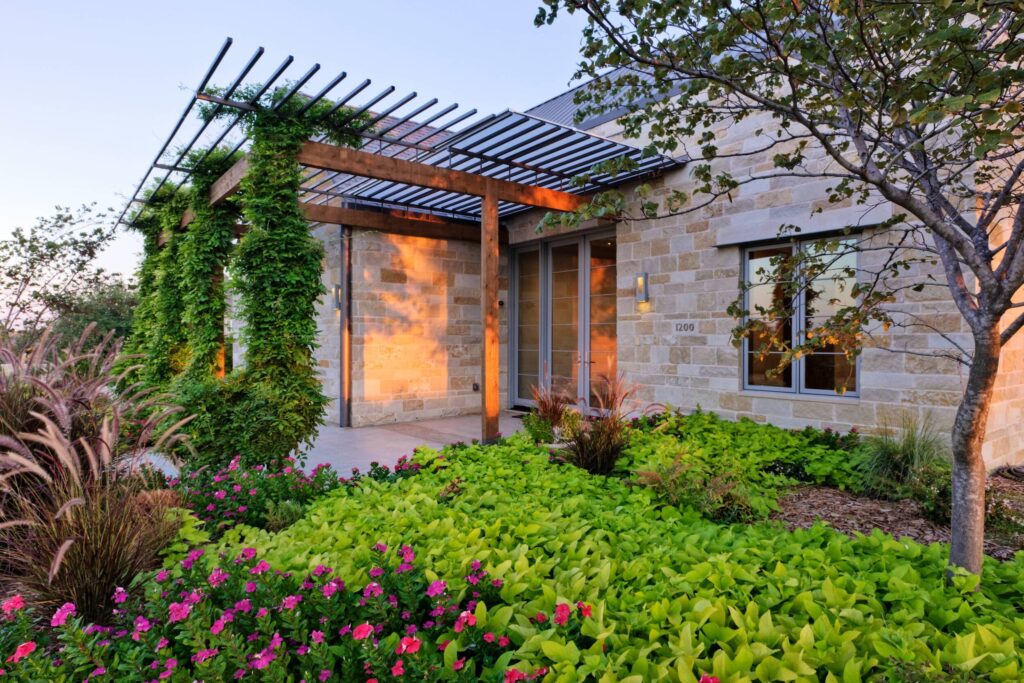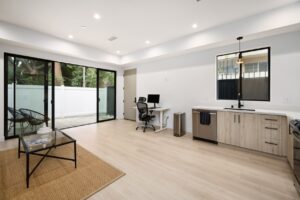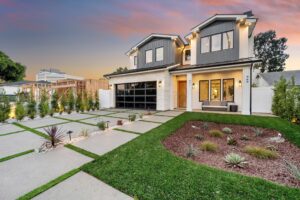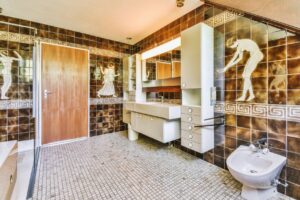Looking to build a home that’s not just stylish but also energy-efficient, sustainable, and ready to weather the elements? Passive home building is the perfect solution! In an era where reducing energy consumption and increasing sustainability are more important than ever, passive home building stands out as a game-changer. By incorporating green home construction principles and using eco-friendly housing designs, you can create a home that’s not only comfortable and cost-effective but also resilient to challenges like wildfires and climate change. We at 1 Degree Construction understand the necessity of eco-friendly houses, so we will dive into this design philosophy and showcase how it helps sustain your home for not only present-day crises but also future crises.
What Exactly Is Passive Home Building?
Before we get too carried away with the benefits, let’s break down what passive home building is all about. It’s an approach to design and construction that focuses on creating homes that are energy-efficient, comfortable, and affordable to maintain. The key principles include high-performance insulation, airtight construction, and passive heating and cooling techniques. The aim? To reduce a home’s energy usage and environmental impact while maximizing comfort.
Sustainable House Design: Building with Purpose

Looking to build a home that’s not just stylish but also energy-efficient, sustainable, and ready to weather the elements? Passive home building is the perfect solution! In an era where reducing energy consumption and increasing sustainability are more important than ever, passive home building stands out as a game-changer. By incorporating green home construction principles and using eco-friendly housing designs, you can create a home that’s not only comfortable and cost-effective but also resilient to challenges like wildfires and climate change. We at 1 Degree Construction understand the necessity of eco-friendly houses, so we will dive into this design philosophy and showcase how it helps sustain your home for not only present-day crises but also future crises.
What Exactly Is Passive Home Building?
Before we get too carried away with the benefits, let’s break down what passive home building is all about. It’s an approach to design and construction that focuses on creating homes that are energy-efficient, comfortable, and affordable to maintain. The key principles include high-performance insulation, airtight construction, and passive heating and cooling techniques. The aim? To reduce a home’s energy usage and environmental impact while maximizing comfort.
Sustainable House Design: Building with Purpose
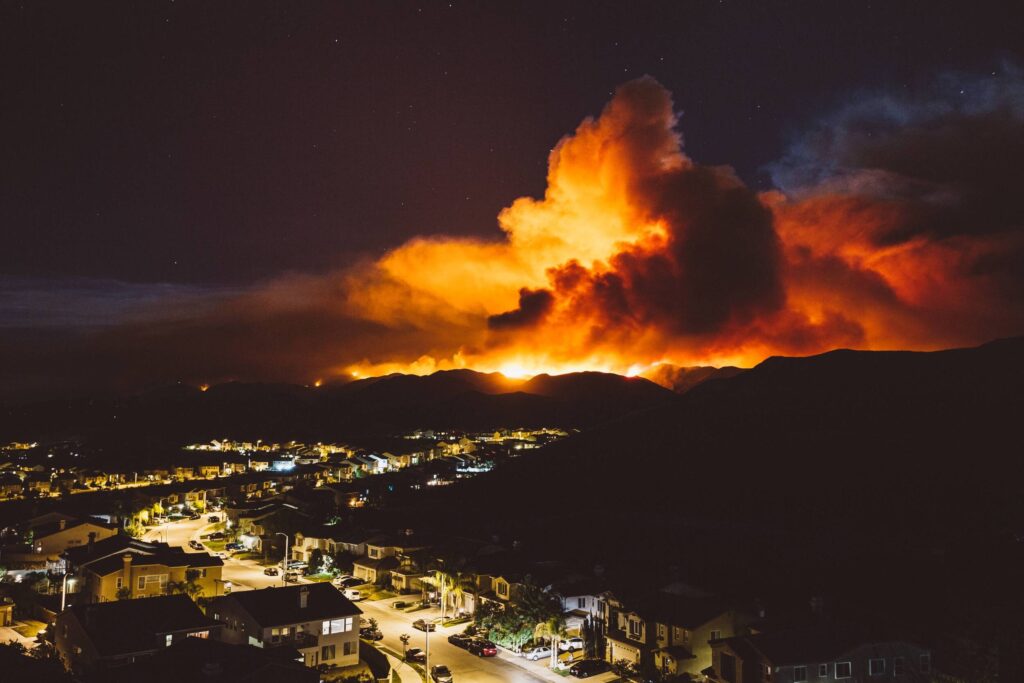
With **LA wildfires** becoming more frequent and devastating every year, it’s critical that homes be built to resist extreme heat and smoke. Passive home building isn’t just about reducing energy costs; it’s about ensuring your home’s structural integrity in the face of natural disasters. The airtight design and fire-resistant materials used in passive homes can help protect your home from LA wildfires, including the notorious Pacific Palisades fire that has impacted local neighborhoods.
In addition to keeping out heat, passive homes have air filtration systems that can purify the indoor air during a fire or smoke event. That means that even during the worst fire seasons, your family can breathe easily without worrying about harmful smoke getting inside. So, whether you’re in the thick of the Altadena Eaton fire aftermath or just want to be proactive, passive home building is an excellent choice for keeping your home safe and energy-efficient.
Custom Home Building: Tailor-Made for Your Needs
When it comes to building a custom home in Los Angeles, there’s no reason to compromise on quality, comfort, or sustainability. You can integrate all the green home construction and passive home design features mentioned above to create a home that is uniquely yours and built to last.
By focusing on passive home building, energy-efficient home construction, and sustainable house design, you can create a home that not only reduces your carbon footprint but also stands resilient against LA wildfires. It’s a win-win for your wallet, the environment, and your family’s safety. If you’re interested in learning more about the future of fire-resistant passive homes, or interesting in designing your house based on these principles we at 1 Degree Construction are always ready to provide a helping hand.
As a general contractor in Los Angeles, we have access to top-tier materials, designs, and expertise to make sure your dream home is not only stylish but also resilient to heat, fire, and rising energy costs.
Looking Ahead: The Future of Passive Homes in Los Angeles
As climate change continues to impact the world, building homes that are energy-efficient and fire-resistant is no longer a luxury—it’s a necessity. Passive home building offers a solution that combines modern design with practicality. By integrating sustainable building materials, energy-efficient systems, and fire-resistant features, you can protect your investment while doing your part to reduce the environmental impact.
Stay tuned for more on how you can stay ahead of the curve and future-proof your home.
Common Questions Asked About Passive Home Building
What are the disadvantages of Passive Home Building?
Unfortunately, despite the numerous benefits of Passive home building, there are also disadvantages to be aware of. The main disadvantage is the upfront cost. Although having a passive home design will pay off in the long run, in the initial construction phase, it will cost, on average, 10-30% more than a typical home design.
In addition, weather conditions have to be ideal for the construction of a passive home. Not all locations can welcome passive home designs, especially those with limited exposure to the sun during certain times of the year.
What direction should a passive house face?
Not all houses are facing the same direction. Some houses face east to west, north to south, or some variation of the two. However, for a passive house to gain as much advantage from solar energy as possible, it will need to face North to South.
Can Passive home designs be applied to other building types?
Despite their names, businesses like hospitals or even schools can utilize passive home designs in the structures under which they operate—bringing safe, reliable, energy-efficient buildings to people all across a community.

